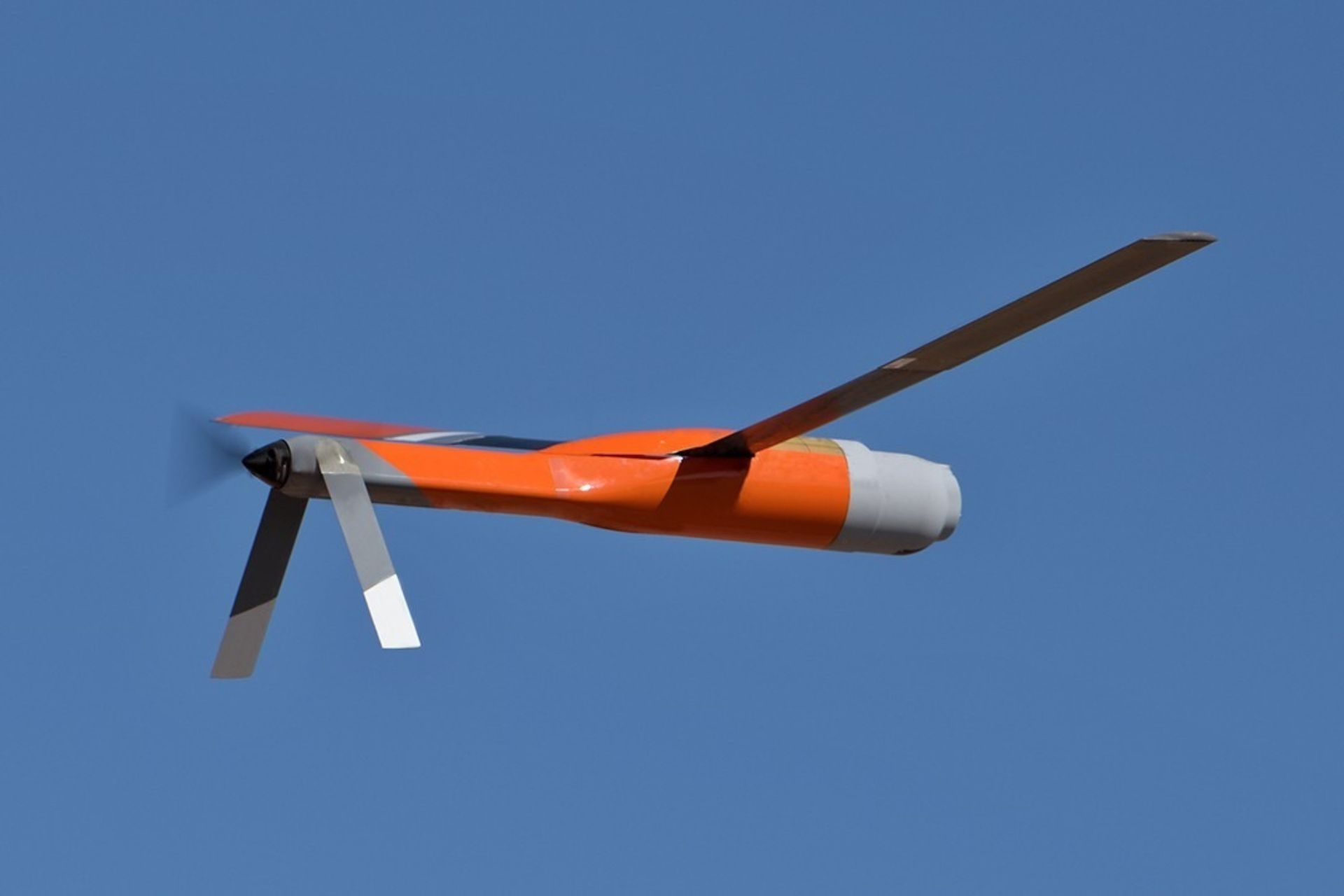Jan
13
US Army Leverages Launched Effects from High-Altitude Platforms to Revolutionize Aerial Surveillance
The U.S. Army is advancing its exploration of new technologies by testing spy drones deployed from high-altitude aircraft.
- This initiative aims to enhance its intelligence, surveillance, and reconnaissance (ISR) capabilities, with a particular focus on "Launched Effects" (LE) systems integrated into platforms such as the Bombardier Global 6500, notably under the HADES (High Accuracy Detection and Exploitation System) program.
7 hours ago
An Area-I ALTIUS drone was demonstrated at Yuma Proving Ground, Arizona, showcasing its forward air-launch capabilities under the U.S. Army's Aviation & Missile Center (Picture source: US DoD)
The HADES program marks a significant development in the Army's ISR capabilities, offering enhanced aerial surveillance compared to current platforms. Designed to fly higher, faster, and over longer distances while carrying a larger sensor payload, HADES represents a major shift in ISR operations.
- The first unit was delivered in November, signaling the introduction of a new generation of piloted aircraft for critical missions.
- However, concerns about the vulnerability of such aircraft to advanced air defense systems have led to the consideration of integrating spy drones to extend operational reach and mitigate risks.
This initiative is part of a broader strategic framework called the Multi-Domain Sensing System (MDSS), which integrates multiple platforms to collect and process battlefield data. Launched Effects enhance data collection capabilities while keeping the host aircraft out of range of enemy defenses.
- These drones could perform missions such as reconnaissance, electronic jamming, or act as decoys to divert adversary systems, offering flexibility suited to modern conflict requirements.
Andrew Evans, director of the Army’s ISR Task Force, confirmed the strategic direction during the delivery of the first HADES unit. He highlighted that these drones would extend the reach and capabilities of the HADES system, increasing its operational effectiveness.
Although the integration details are still being developed, the inclusion of these systems underscores a clear priority for the Army.
In parallel with HADES, the Army is testing other platforms based on the Bombardier Global 6500, such as those under the Athena-S and Athena-R initiatives .These aircraft, already used for interim ISR missions, may also host Launched Effects during experimental phases.
- This modular and adaptable approach allows for the exploration of technological solutions before their full integration into operational forces.
The expected performance of Launched Effects varies by category. Larger drones could achieve ranges of up to 650 kilometers with one hour of endurance, while smaller models may cover 150 kilometers. Combined with launch capabilities that do not require specific maneuvers, these systems provide significant operational flexibility.
- The Army is also exploring other platforms for deploying Launched Effects, such as stratospheric balloons or solar-powered drones with extended endurance, broadening the means of intelligence collection in contested environments.
With demonstrations scheduled for 2026, Launched Effects have the potential to reshape the Army's ISR operations. These systems offer an efficient solution for gathering sensitive intelligence from a distance while reducing risks to piloted aircraft. Integrated into a larger strategic ecosystem, they enhance the Army’s ability to operate in contested environments.
Beyond the technological aspects, this program reflects the United States' determination to maintain a strategic edge in a geopolitical context characterized by competition with rival powers such as China and Russia. By combining innovation and pragmatism, the U.S. Army continues to adapt its capabilities to meet the demands of modern conflict, where technological superiority remains a key priority.




No comments:
Post a Comment